Most pet owners face serious weight challenges.

A recent wave of research has uncovered that nearly six in every ten cats and dogs are carrying excess weight, turning what many see as harmless fluff into a serious health concern. This isn’t just about a few extra treats—it’s about how feeding habits, lifestyle and owner awareness combine to place pets in vulnerable positions long-term. Chunky is cute until it’s not, and when you zoom out the numbers are hard to ignore. For pet lovers everywhere this signals a wake-up call about our companions’ wellbeing.
1. The majority of pets are now overweight or obese.

A national 2022 survey by the Association for Pet Obesity Prevention found that 61 % of cats and 59 % of dogs in the United States were overweight or obese, according to that report. Those figures turn a quiet concern into a national epidemic. When more than half of all pets fall into this category, the idea of “average weight” no longer matches what’s healthy. It’s a stark reminder that modern feeding patterns, not genetics alone, are driving this surge in pet obesity.
2. Pet owners often do not recognise their animals’ excess weight.
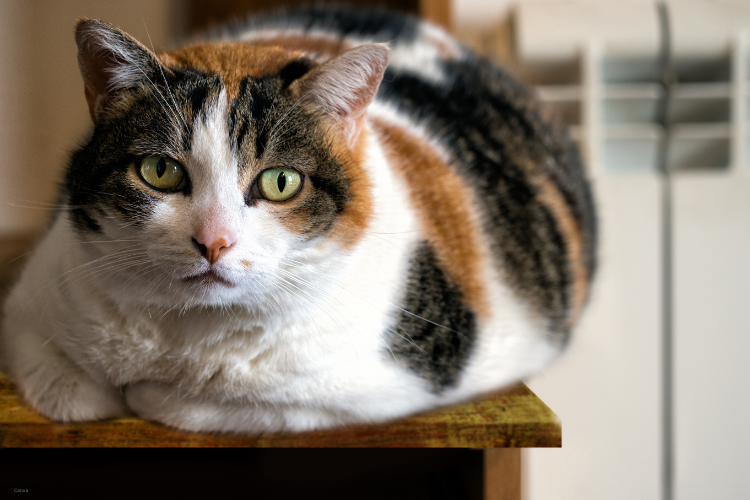
Even when the numbers are this high, most owners don’t see it. Research published by Banfield Pet Hospital in its 2023 State of Pet Health Report revealed that over 60 % of owners with overweight pets believed their animals were at a healthy weight. That disconnect matters because until an owner recognises a problem, change is unlikely. Perception skews care—what feels normal might already be unhealthy, as demonstrated by the Banfield findings.
3. Overweight pets face serious health risks beyond extra pounds.

The dangers of excess weight go far beyond appearance. Studies by the Royal Veterinary College in London have shown overweight dogs live on average two and a half years less than those at a healthy weight, and face higher risks of arthritis, diabetes and heart disease. Those findings underline that obesity in pets is a disease multiplier, not just an aesthetic issue. Understanding that reality reframes those “extra treats” as part of a life-shortening cycle rather than affection.
4. Feeding habits and treats play a big role in weight gain.
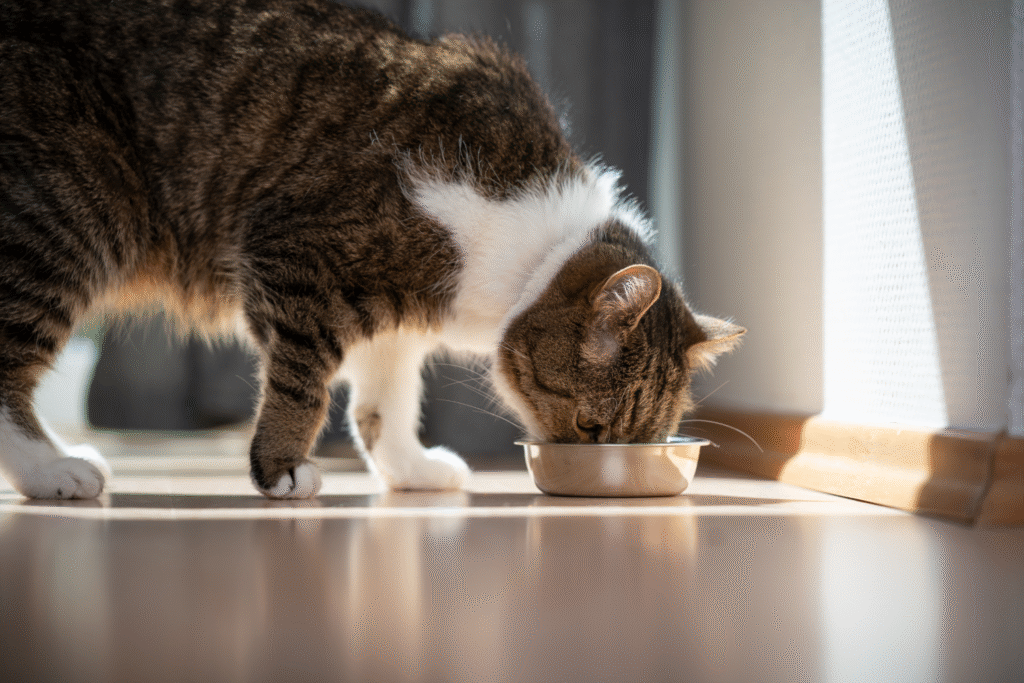
When owners give frequent treats, share human snacks or feed more calories than needed, pets can easily start gaining. Many of these habits arise from affection or convenience, but the cumulative effect is heavy. Food becomes less about nourishment and more about expression—or distraction. Over time, that well-meaning treat culture creates a surplus of calories and pushes pets into higher body condition scores.
5. Lack of exercise and age also contribute to the issue.

As pets age, their metabolic needs drop and their activity levels tend to fall. Without corresponding adjustment in food intake, weight gain becomes likely. Busy owners, sedentary pets, or smaller living spaces all contribute to fewer opportunities for movement. And as the scale tips gradually, owner recognition lags behind. That slow drift in weight is especially dangerous because it feels “normal” until it isn’t.
6. Owner awareness and vet-client communication are often weak.
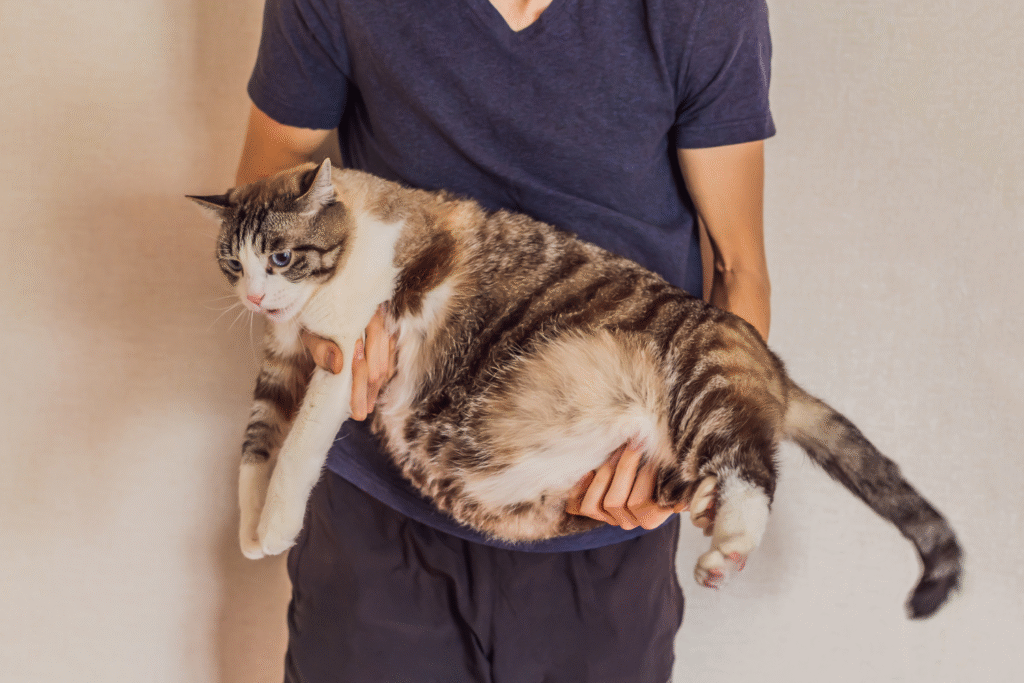
Even when veterinarians identify that a pet is overweight, the conversation can be awkward and owners may resist or ignore the message. Owners may feel judged or uninformed, and vets may hesitate to push the topic. That creates a gap: the pet suffers, the owner is unsure what to do, and the result is inaction. Bridging that gap means creating a dialogue focused on health, not blame—making change possible rather than alienating the person who loves the pet.
7. Managing pet weight requires tailored plans and monitoring.
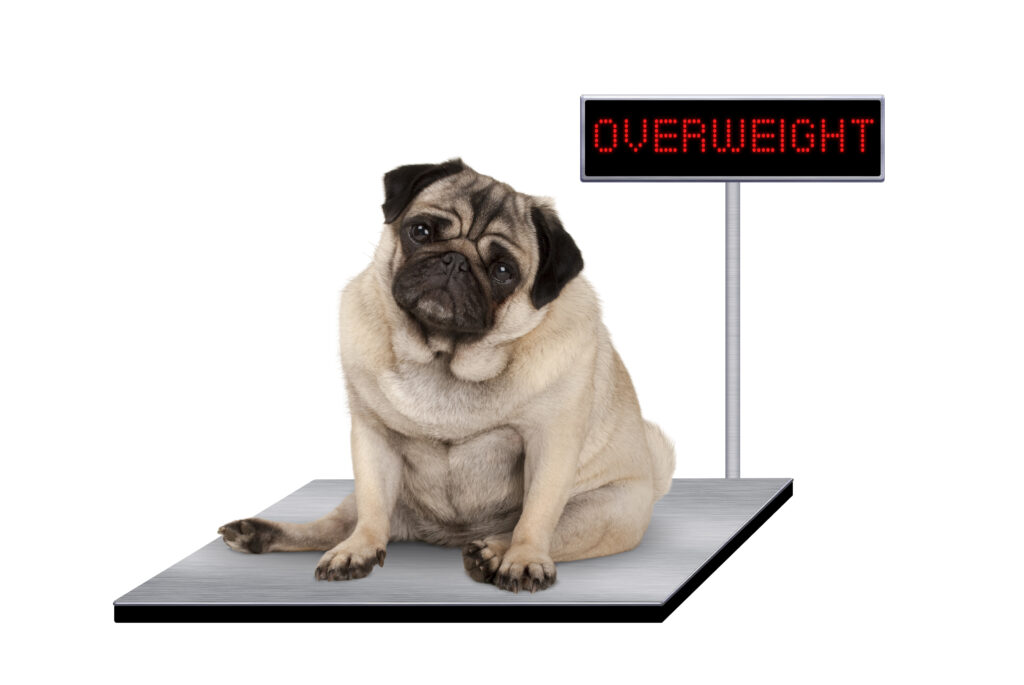
One size does not fit all when it comes to a diet or exercise plan. The ideal weight varies by breed, age and condition. Adjustments must be gradual and sustainable so the pet retains lean muscle and maintains metabolism. Weight loss that happens too fast or without supervision can trigger rebound gain or other health issues. Consistent monitoring, realistic goals and owner involvement are key to success.
8. Pets in many regions worldwide are facing rising weight trends.
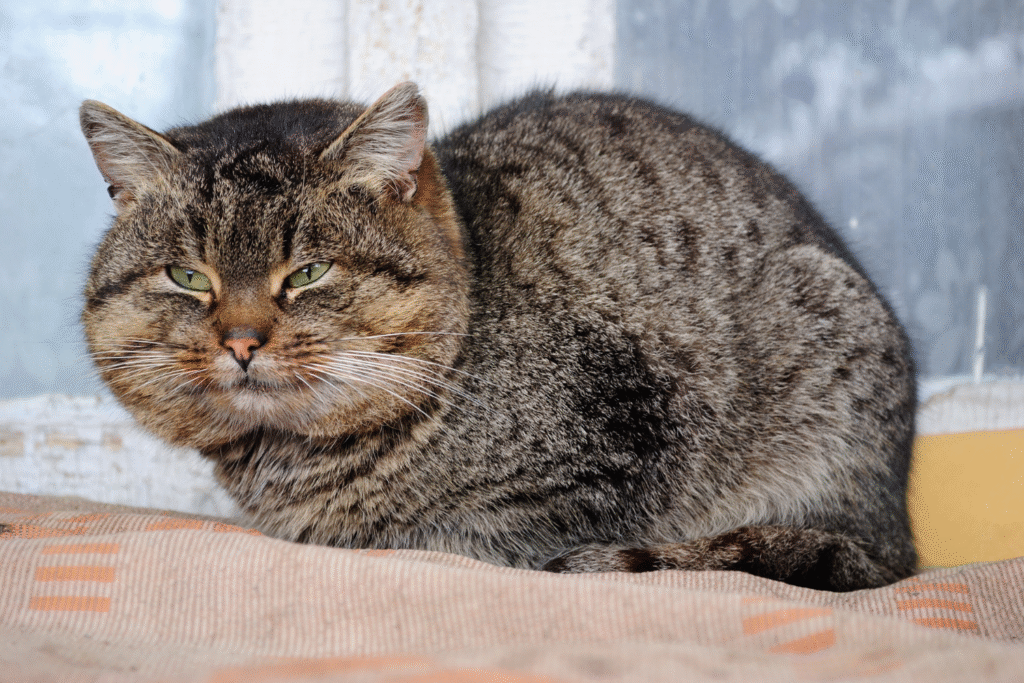
This issue is not limited to one country—it’s becoming a global pattern. Studies suggest in some regions as many as 63 % of cats and 59 % of dogs are overweight or obese. That suggests the problem links to urban living, modern lifestyles and pet-owner behaviour across societies. When you consider how many households keep pets and how urbanisation is increasing, this trend may be set to grow unless owners shift habits.
9. Early intervention matters because prevention beats correction later.
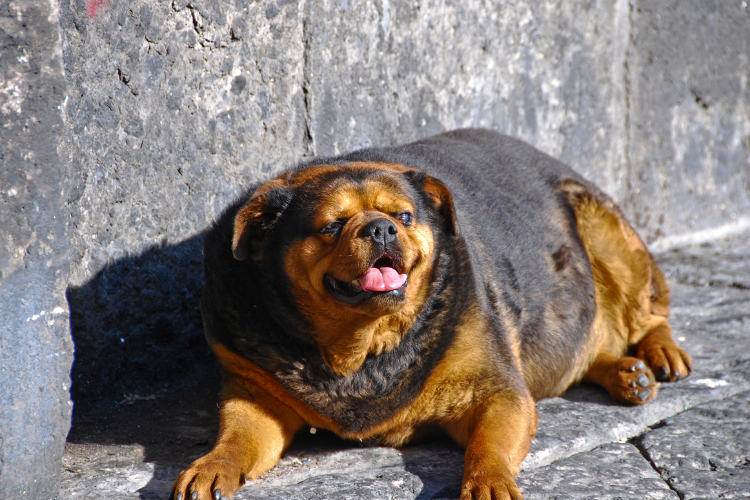
Catching weight issues early gives pets a better chance of healthy recovery, fewer comorbidities and greater lifespan. Once weight-related diseases set in, management becomes more complex, costly and stressful for both pet and owner. By acting sooner rather than later we shift the narrative from supporting a healthy life rather than treating a problem.
10. Changing owner behaviour changes pet outcomes significantly.
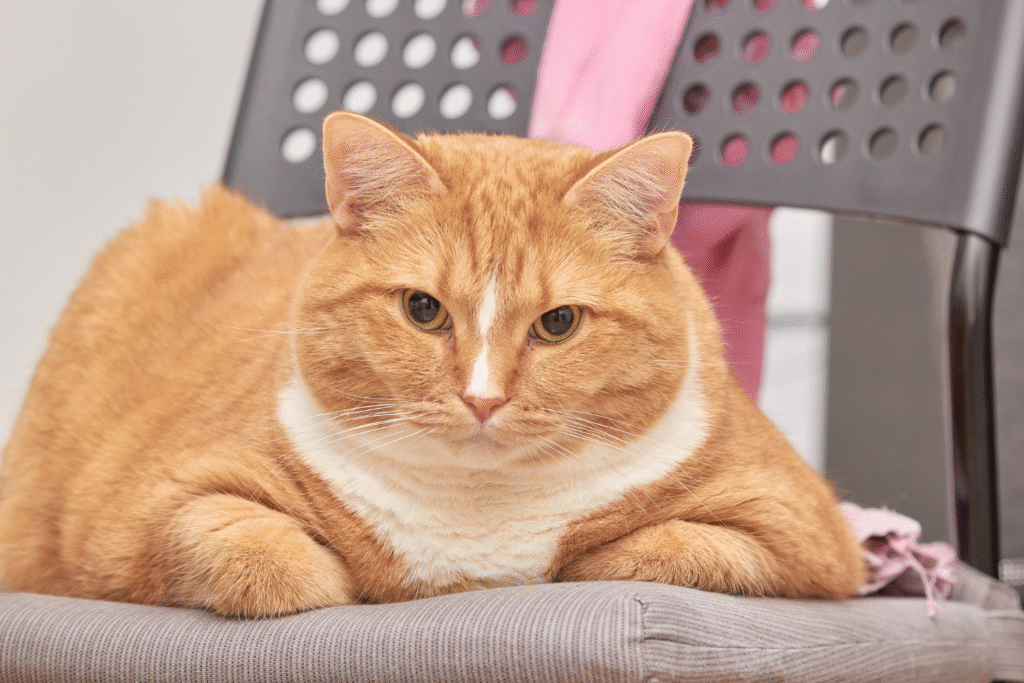
At the end of the day, the person holding the food bowl and deciding the treat schedule holds much of the power. When owners adjust feeding practices, remove extras, support more active play and engage with the pet’s health proactively, outcomes improve. Behaviours such as consistent portion control, daily walks or play sessions and regular vet check-ins create momentum. Shifting the story from indulgence to balanced care can turn the tide for the six in ten pets currently at risk.
